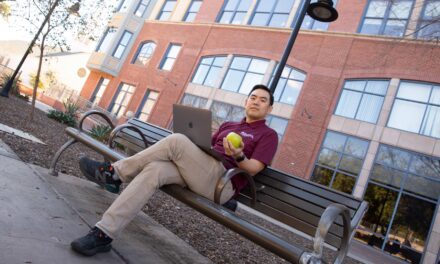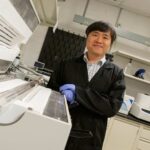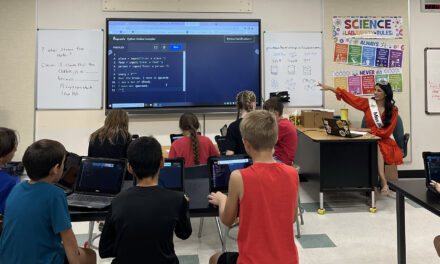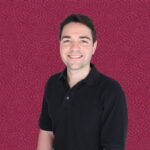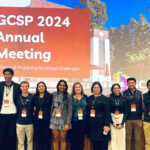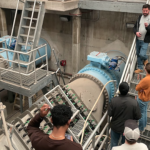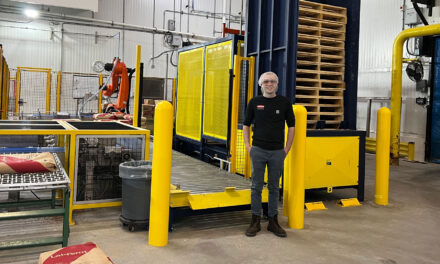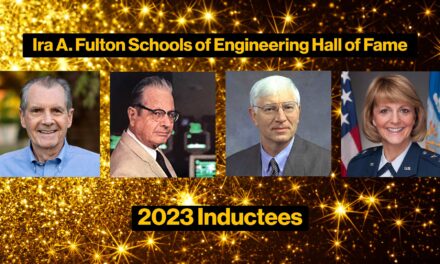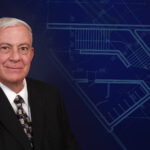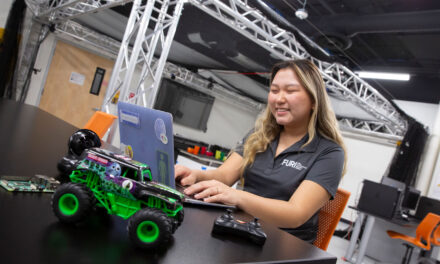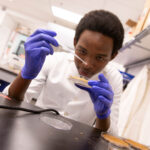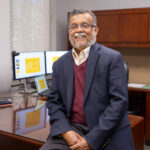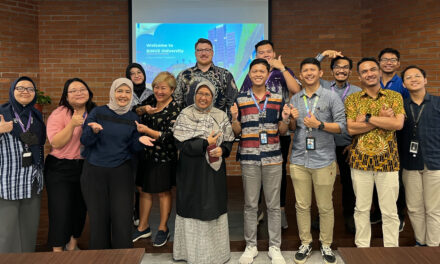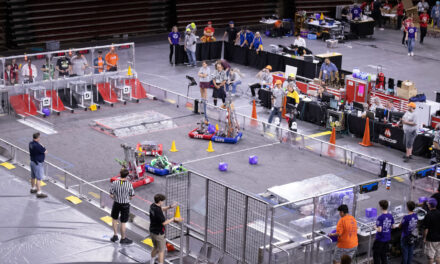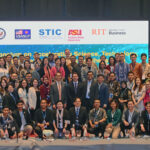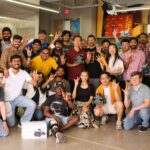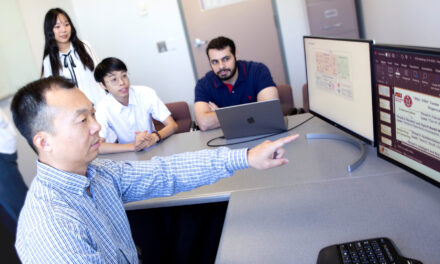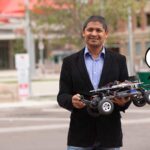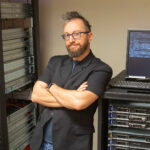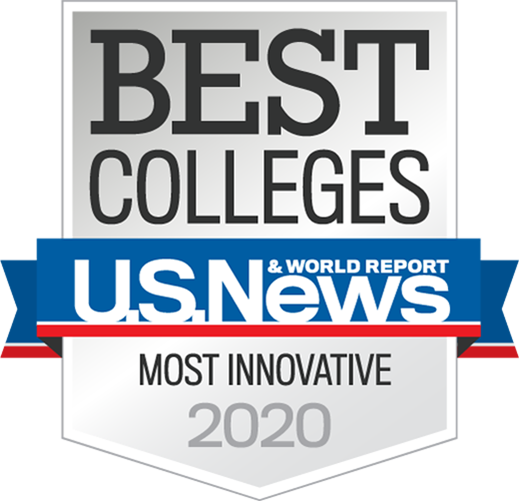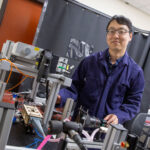
Engineers aim to make technology work better in extreme environs
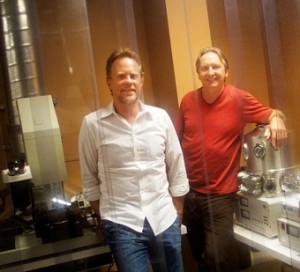
In the Nanoionics Prototyping Facility in the Center for Applied Nanoionics at the ASU’s NanoFab, electrical engineers Hugh Barnaby (left) and Michael Kozicki use equipment that enables them to deposit films as thin as 10 billionths of a meter to form the test structures needed to determine the characteristics of various materials and perform electrical testing. Photo by: Jessica Slater/ASU
Posted: November 15, 2011
Two Arizona State University electrical engineers are leading research to aid in developing the next generation of these technologies, supported by a recent $1.7 million grant from the Defense Threat Reduction Agency of the U.S. Department of Defense.
Hugh Barnaby, associate professor, and Michael Kozicki, professor, in the School of Electrical, Computer and Energy Engineering, one of ASU’s Ira A. Fulton Schools of Engineering, are working to help ensure new versions of the technologies will be more resilient and perform more effectively in environments with high levels of radiation and extreme hot and frigid temperatures.
Specifically, their focus is on specialized materials that are used in components of very small and low-power integrated circuits in electronic sensors and communications systems designed to process, store and wirelessly transmit information from hostile environments.
They will get help on aspects of the project from fellow ASU electrical engineering professor Keith Holbert and former ASU research scientist Maria Mitkova, now an associate professor at Boise State University in Idaho.
The specialized materials involved are chalcogenide glasses, which are compounds formed from such elements as sulfur and selenium. What makes these compounds particularly useful is that they change physical and electrical properties when electronic signals are used to redistribute metal atoms within their nano-structured interiors.
“This mechanism of physical change, which is much more stable than the control of electrical charge used in conventional electronics, will help the material better withstand high radiation and extreme environments,” Kozicki says.
He’s been working for many years on nano-ionic technologies, including development of chalcogenide-based commercial memory devices for use in computers, hand-held electronic devices and other consumer electronics.
Chalcogenide glasses are already widely used. They’re in rewritable DVDs, infrared detectors, lenses and optical fibers. Kozicki says electronic memory devices containing these materials should be in the marketplace next year.
Barnaby specializes in developing advanced systems to enable information collected in harsh environments to be accurately measured and reliably transmitted to people safely removed – sometimes at vast distances – from the danger zones.
Holbert will contribute to the project by producing models of precisely how radiation is absorbed in chalcogenide materials. Holbert directs the Radiation Damage Laboratory at ASU, where materials can be tested for how they are affected by radiation.
Mitkova , also an expert in chalcogenide glass systems, will provide studies of radiation-induced changes in the properties of materials and related devices.
The work is part of larger efforts to provide the nation with enhanced exploration technologies, more reliable public-safety systems and stronger defense systems.
Joe Kullman, [email protected]


